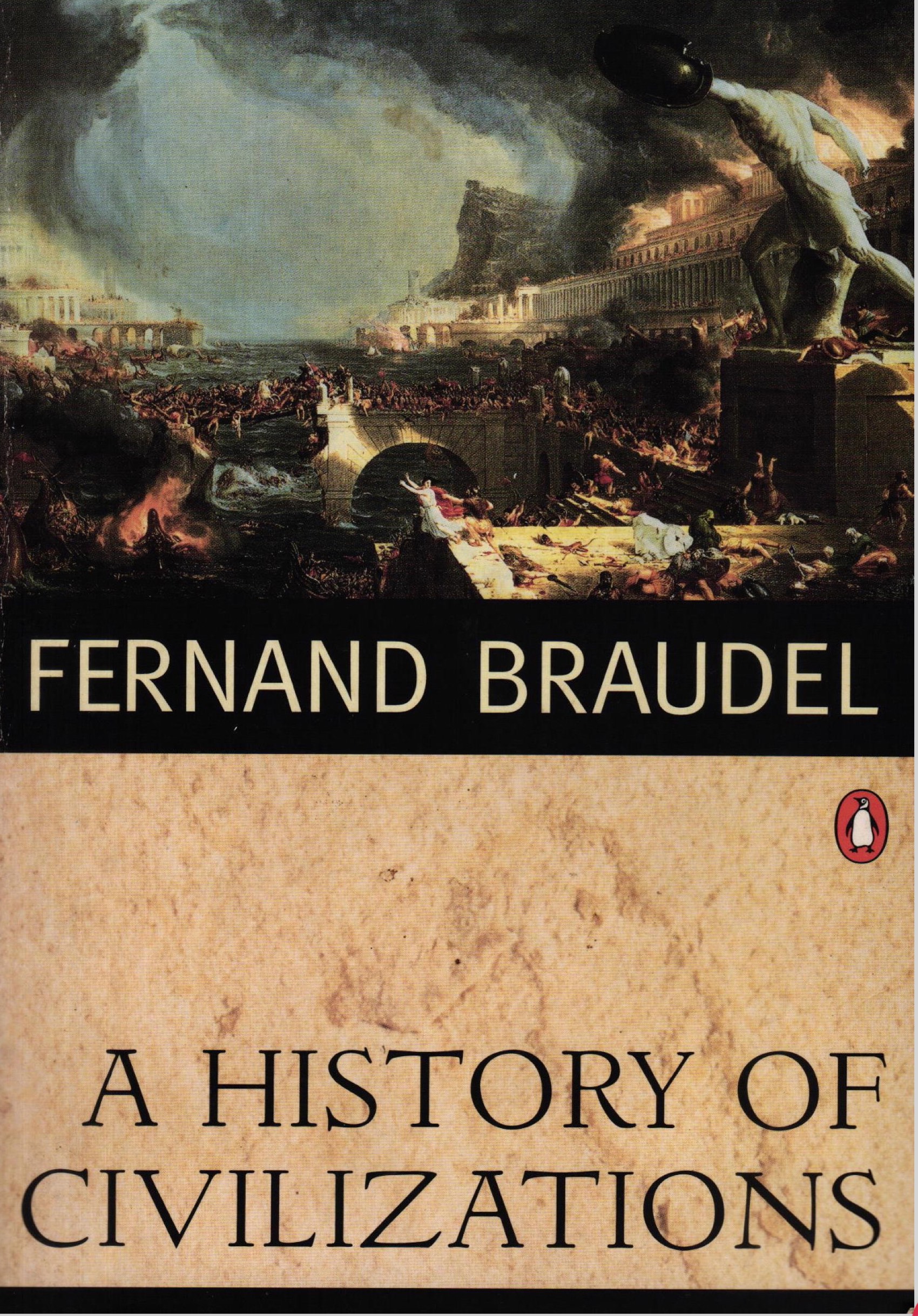A HISTORY OF CIVILIZATIONS
Translator's Introduction
Background of Fernand Braudel
• Fernand Braudel, a prominent historian, born in 1902 in France, made significant contributions to historical thought, particularly through the Annales school.
• He spent much of World War II as a prisoner of war, during which he wrote a major thesis on the Mediterranean.
The Importance of the Work
• This book seeks to explore the nature of civilizations through historical perspectives, examining their interconnections and influences over time.
Introduction: History and the Present Day
Purpose of the New History Curriculum
• The need for a new educational approach to history that addresses contemporary issues and the diverse social sciences which impact civilization.
• The author advocates understanding the present by reflecting on the past and recognizing the interconnectedness of different civilizations.
I. A History of Civilizations
1. Changing Vocabulary
• The word "civilization" is complex, emerging in the 18th century, and has varying definitions, often reflecting moral and material values.
2. The Study of Civilization Involves All the Social Sciences
Civilizations as Geographical Areas
• Civilizations can be situated geographically and are shaped by their physical environments.
• Human efforts in adapting to environments are crucial to understanding civilizations.
Civilizations as Societies
• Civilizations are supported by societies, intertwined with social structures and their development.
Civilizations as Economies
• Economic factors are integral to the growth and sustainability of civilizations, affecting their cultural and social structures.
Civilizations as Ways of Thought
• Psychological elements and belief systems are foundational to civilizations, influencing their social norms and behaviors.
3. The Continuity of Civilizations
Periods within Civilizations
• Civilizations are characterized by changing cultural expressions and periods of achievement.
Underlying Structures
• Permanent features of civilizations, such as social hierarchies and collective psychology, shape their characteristics and continuity.
II. Civilizations Outside Europe
Part I: Islam and the Muslim World
4. History
• Islam arose in a fragmented Arabia and quickly expanded, drawing on existing civilizations.
5. Geography
• The Muslim world encompasses vast regions interconnected through trade and cultural exchange, with significant historical maritime activities.
6. The Greatness and Decline of Islam
• Islamic civilization saw its peak between the eighth and twelfth centuries, experiencing external challenges and internal transformations.
7. The Revival of Islam Today
• The aftermath of colonialism led to the rise of nationalist movements within Muslim states, with varying degrees of success and challenges in modernization efforts.
Part II: Africa
8. The Past
• Black Africa's complex history is marked by early civilization, trade, and the impacts of European colonization.
9. Black Africa: Today and Tomorrow
• Modern Africa faces challenges of identity and development, striving to balance tradition with modernization.
Part III: The Far East
10. An Introduction to the Far East
• The Far East comprises diverse civilizations shaped by geography and historical movements.
11. The China of the Past
• China's historical trajectory reveals deep-rooted cultural features and a rich philosophical tradition.
12. China Yesterday and Today
• The transformation of China through encounters with foreign powers and internal revelations shapes its current identity.
Conclusion
• Braudel emphasizes the importance of understanding globalization, the interconnected world, and the ways different civilizations have influenced and shaped each other.
• Civilizations are dynamic and continuously evolving entities, rooted in history yet responding to contemporary realities.
